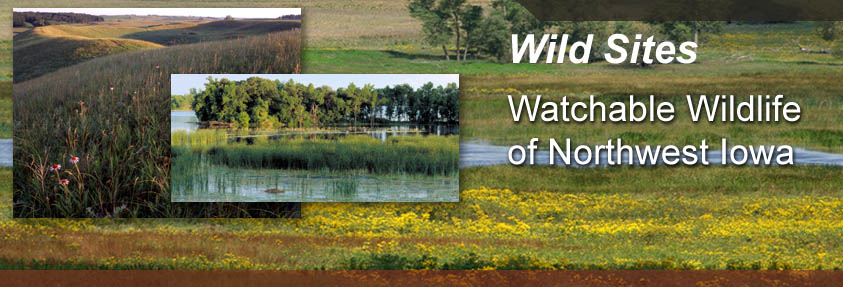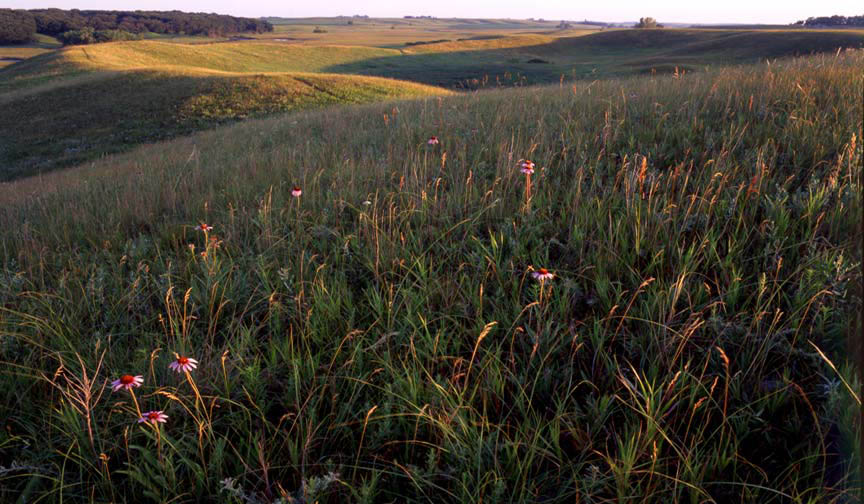 |
|||||||||||||||||
 |
|||||||||||||||||
 |
|||||||||||||||||
| Freda Haffner Kettlehole - Educational Box
Picture a Wetland with Your Ears (K-4/ 30-45 minutes) Activity in Brief: Students rely on their sense of hearing to describe and investigate a wetland. Objectives: Students will become aware of the variety of sounds around a wetland. Correlation with Science Standards: Unifying Concepts and Processes - Systems, Order and Organization Unifying Concepts and Processes - Form and Function Science as Inquiry - Abilities to do Scientific Inquiry Physical Science - Position and Motion of Object Life Science - Characteristics of Organisms Life Science – Organisms and Their Environments Science & Technology – Ability to Distinguish Between Natural Objects and Objects Made by Humans Advance Prep: None Materials: Optional pencil and paper for sketching or journaling FYI: The wetland is alive with sounds – water lapping, grass moving, frogs jumping, birds calling, etc. Procedure: For younger students – Have the students sit along the water edge. Hold up one finger for each sound that they hear. You could ask them to listen for only one type of sound or to listen to all of the sounds that they hear. When most children have five fingers up they may open their eyes. Discuss the sounds and why they were or were not typical wetland sounds. Which sound did they like the most the least? For older students – Prepare the students to be ready to listen. Have students sit with their eyes closed for 5-10 minutes. Then have them sit with their eyes open for another 5-10 minutes attempting to locate the source of the sounds. Compare the sounds that were heard. Could the students identify the source of the sounds? Adapted from: Experience Iowa’s Wetlands: A Field Activity Guide |
|||||||||||||||||
|
|
|||||||||||||||||
|
Frog Opera (K-6/ 20 minutes) Activity in Brief: Students use a song and rhyme to identify the sounds and color markings of six common frogs. Objectives: Students will be able to identify six common Iowa frogs. Correlation with Science Standards: Unifying Concepts and Processes - Form and Function Science as Inquiry - Abilities to do Scientific Inquiry Life Science - Characteristics of Organisms Life Science – Life Cycle of Organisms Life Science – Organisms and Their Environments Advance Prep: None Materials: Pictures of Spring Peeper, Chorus Frog, Leopard Frog, American Toad, Bullfrog, and Green frog. May find a tape of frog sounds helpful. FYI: Frog and toad surveys are often conducted based on the sounds that can be heard from the water’s edge. For more information on Iowa Frog and Toad Surveys check out www.iowadnr.com Procedure: Sing the following “Frog Opera” to the tune of “Six Little Ducks.” Six little frogs that I once knew, Fat ones, Skinny ones, Spotted ones too But the one SPRING PEEPER with the X on his back, He led the others with his Peep- Peep- Peep (high pitch) Peep-Peep-Peep Peep-Peep-Peep He led the others with his Peep-Peep-Peep
Six little frogs that I once knew, Fat ones, Skinny ones, Spotted ones too But the one CHORUS FROG with stripes on his back, He led the others with his Wrank-Wrank-Wrank (trill R’s – sounds like running a finger down a comb) Wrank-Wrank-Wrank Wrank-Wrank-Wrank He led the others with his Wrank-Wrank-Wrank
Six little frogs that I once knew, Fat ones, Skinny ones, Spotted ones too But the one LEOPARD FROG with spots on his back, He led the others with his Brruup-Brruup-Brruup (low pitch, back of throat sound, like plucking an inflated balloon) Brruup-Brruup-Brruup Brruup-Brruup-Brruup He led the others with his Brruup-Brruup-Brruup
Six little frogs that I once knew Fat ones, Skinny ones, Spotted ones too But the one AMERICAN TOAD with warts on his back, He led the others with his Trill-Trill-Trill (high pitch trill on roof of mouth) Trill-Trill-Trill Trill-Trill-Trill He led the others with his Trill-Trill-Trill
Six little frogs that I once knew, Fat ones, Skinny ones, spotted ones too But the one BULLFROG with the plain green back, He led the others with his Jug-O-Rum Jug-O-Rum Jug-O-Rum (low pitch, like fog horn) Jug-O-Rum Jug-O-Rum Jug-O-Rum Jug-O-Rum Jug-O-Rum Jug-O-Rum He led the others with his Jug-O-Rum Jug-O-Rum Jug-O-Rum
Six little frogs that I once knew, Fat ones, Skinny ones, spotted ones too But the one GREEN FROG with some brown on his back, He led the others with his Glup-Glup-Glup (in back of throat, sounds like a banjo string) Glup-Glup-Glup; Glup-Glup-Glup He led the others with his Glup-Glup-Glup
Mixed Chorus: Using the frog calls you have just learned, assign students or groups of students to a frog call. Have everyone “sing” at once. In Iowa, most of these frogs sign at different times, but in the Southern US as many as 14 different kinds of frogs and toads may be singing in one pond in a mixed chorus.
Adapted from: Experience Iowa’s Wetlands: A Field Activity Guide |
|||||||||||||||||
| Wild Categories | Photo Gallery | ||||||||||||||||